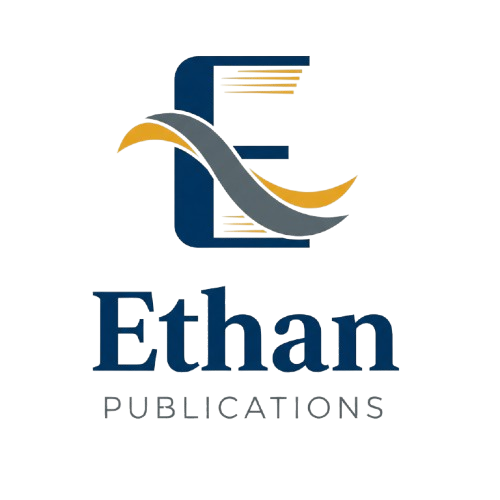GLOBAL CAPITAL FLOWS AND TAXATION: IMPACTS ON FOREIGN DIRECT INVESTMENT
Authors: John M. Thompson, Rachel A. Wenk
Published: June 2024
Abstract
<p>In an era where organizations are driven to establish global footprints and pursue economies of scale, the subject of global expansion has garnered significant attention in the literature. As articulated by Mohs (2016), globalization encompasses a range of interconnected objectives, including but not limited to expansion, diversification, and brand establishment. Moreover, these objectives are intrinsically linked to the expectation of generating profits from the targeted global expansion. In this dynamic landscape, globalization is a subject of continuous study within controlled environments. The advent of new technologies and advanced communication methods has empowered companies of varying sizes, from small privately held enterprises to large multinational corporations, to venture into international markets. These opportunities manifest through international trade or foreign direct investment (FDI) and inevitably encounter the tax policies of foreign nations. Foreign Direct Investment (FDI) can be categorized into two major forms: greenfield investments and acquisitions. Greenfield investments involve the establishment of entirely new operations in foreign countries, whereas acquisitions and mergers entail the acquisition of existing local businesses. This study refrains from distinguishing between partial or complete foreign investment, treating all forms with equal consideration. This research endeavors to investigate the intricate interplay between global expansion strategies and the tax policies of foreign countries, shedding light on the strategic choices made by businesses in pursuit of their global objectives. By exploring the dynamics of international market entry modes, this study aims to provide valuable insights into the decision-making processes of companies looking to expand beyond their domestic borders.</p>
Full Text
No full text available
Cite this Article
References
- No references available.
